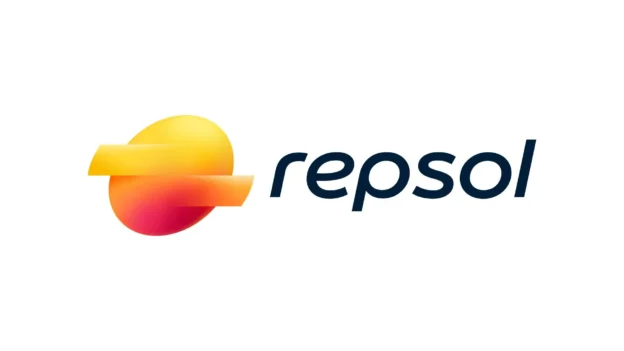The Spanish oil company has intensified its moves to monetize its upstream subsidiary, evaluating a merger with APA Corp, a Houston-based, Nasdaq-listed U.S. company specializing in hydrocarbons. The operation would allow Repsol to enter Wall Street directly, avoiding the conventional procedures of an initial public offering.
The contemplated structure would be a “reverse merger”, in which Repsol would integrate its upstream unit with APA, taking advantage of the latter’s already active stock exchange listing. This strategy is seen as a way to accelerate the unit’s liquidity, an option that CEO Josu Jon Imaz had previously raised for the 2026 horizon. The company has indicated that it wishes to hold at least 51% of the capital in any market opening scenario.
Repsol optimizes its business for an eventual IPO
In 2022, Repsol sold 25% of its upstream business to U.S. fund EIG for a total valuation of $19 billion, including debt. Since then, it has worked on optimizing its asset portfolio, reducing operating geographies and prioritizing key projects such as the Pikka field in Alaska.
Recently, the subsidiary issued bonds for US$2.5 billion, one of the largest issues in the group’s history, positioning it financially for an eventual market exit.
APA Corp. produces hydrocarbons mainly in the Permian Basin.
Wall Street, an attractive upstream destination
The U.S. market has shown sustained interest in companies focused on fossil fuels, in contrast to Europe, where the green transition has reduced the prominence of upstream.
Against this backdrop, Repsol sees this transaction as an effective way to extract value from a strategic business without relinquishing control.
Source and photo: El Economista

